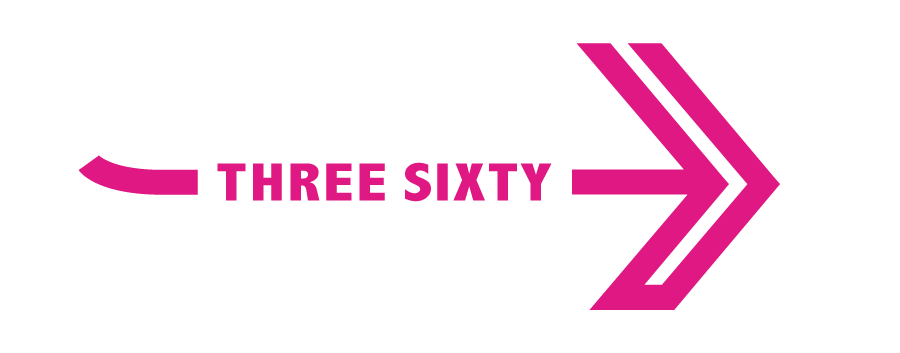Driving Value (‘achieving more for less’) through right sourcing legal services “demand management”
Legal functions that have designed their legal services with the business in mind understand the demand being placed on them today and have mechanisms to appreciate future demand. They can then ensure that right sourcing (self-service, insource and outsource) happens at the right price point and an acceptable risk threshold thereby reducing waste and driving costs and process efficiency.
The terms “demand”, “triage” or “capacity management” are used interchangeably and refer to the end-to-end process of workload management. This encompasses forecasting and prioritising work, creating workflows, and ultimately delivering an effective output at the right level, for the right cost.
In the world of Lean Enterprise, true demand management refers to smoothing your workflow to provide a steady, continuous, and manageable flow of work, with no bottlenecks and no extreme pressure on your workforce.
Why should demand management be a priority for you?
Tangible benefits (costs, speed, value, recognition of the team value and people development) can be achieved through Demand Management as it plays a critical part in delivering an optimised legal service by providing visibility of future and current work, in turn, allowing teams to deliver legal services in an efficient manner.
Understanding the pipeline of work, and sourcing it appropriately, will deliver cost savings, improve team elements such as morale, engagement and retentions and also enable the GC to deliver and perform effectively within an appropriate risk threshold.
What value can I as a GC or business leader drive from Demand Management?
Below are some of the impacts of Demand Management taken from LEX360 engagement on legal service design:
Consequence of a poorly constructed Demand Management system:
Value arising from a considered Demand Management system:
- No distinction between legal work and non-legal work being completed by the team.
- No visibility of work pipeline resulting in cost and budget concerns.
- An overworked or underutilised legal team
- Low customer satisfaction around perceived legal service delivery.
- Non-conformance with customer expectations regarding cost, quality, and delivery.
- Negative impact on team development and retention
- Outside counsel being engaged in an ad-hoc manner.
- Agreed framework for the expected Demand (self-service, insource and outsource model)
- Improved visibility and planning & associated improved control.
- Measurement of the legal function against agreed expectations on work type, demand, and costs
- Most appropriate individuals completing appropriate work.
- Internal development and retention.
- For in house functions – less work sent externally so lower costs.
- Effective use of outside counsel – visibility and throughput certainty resulting in win-win outsourcing relationship
Why do GC’s struggle to embed an effective Demand Management system?
The systematic approach to Demand Management requires an understanding current and future demand which must be overlaid with current and future capacity (internal and external). The Ishikawa image below captures some of LEX360’s findings regarding the issues that need to be mitigated to ensure that an effective solution is embedded.
How can a GC drive value through right sourcing legal services “demand management”?
To maximise the value from a right sourced demand management approach, LEX360 can help you with the following key process steps;
- Understand and agreeing the scope of your Legal Teams – link the business expectations with the reality. Identify what work should be delivered by the business via self-service (drafting or automation) what work will be delivered internally (based on complexity, risk, development needs, and resource constraints) what work should be completed externally (packages managed services, complex or resource driven work) and how that should be delivered (panel, alternatives, locums etc.)
- Demand forecasting process – based on data and business partner conversations.
- Establish an intake and matter management system to understand demand– analysing your current and past throughput and also the upcoming pipeline of work and managing capacity to meet these delivery needs.
- Right-source work through allocation – this should be aware of budget and resource constraints.
- Data & Dashboards to drive decision making – inclusive of measurement of output and conformance with KPIs.
- Linking to your people plan – this should include consideration of development and succession opportunities and planning and then also links as a measure when you consider capability levels, retention, and engagement.
- Utilising Self-service tools – where possible to do so, self-service tech can reduce the impact on your teams, reduce the likelihood of human error and boost customer scores.
- Delivery – utilising policy and process to drive standard ways of working and deployment throughout your teams.
- Utilisation contract construction, review and papering tools and other Legal Technologies – such as workflows, PowerApps tools and digital methods to work more effectively.
- Stakeholder engagement – comms on matters, Management information review and action such as regarding NPS scores.
At LEX360 we pride ourselves on our in-depth sector experience and customer centric approach to consulting. Let us help you establish an optimal legal function that manages demand is a systematic manner whilst demonstrating the value that your team adds to the success of your business.

